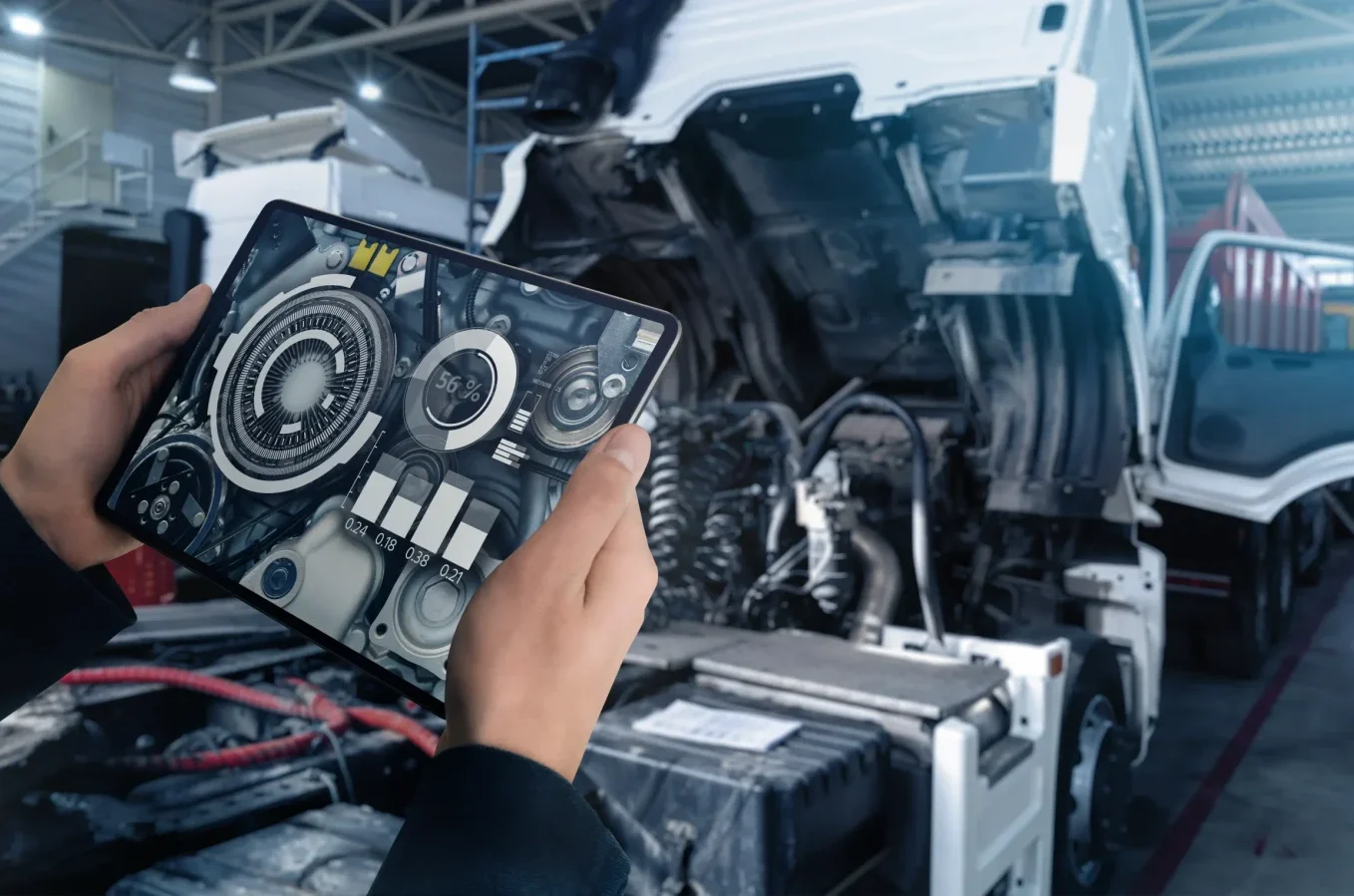Background
Our client, a leading Producer of Heavy Trucks, embarked on a significant transformation program aimed at enhancing efficiency and customer focus. As a vital component of this transformation, the client sought to automate administrative tasks to streamline processes and improve overall responsiveness.
In its warranty department, the client used a manual process to prioritize and review claims. As a result, they often prioritized the wrong claims, and many of the claims they reviewed manually ended up being approved. This led to increased costs and decreased customer satisfaction.
change2target AI was hired to support the client’s efforts in automating this warranty claim checking process – a step toward comprehensive machine learning warranty claim automation.
Objectives
The objective of our assignment was to support the client mainly in two areas:
- Automate Warranty Claim Checking: The primary objective was to automate the checking of warranty and service claims to eliminate manual and time-consuming processes.
- Centralize Service Claim Checking: Service claims up until the project start were check locally in National Sales Companies. In order to be able to automatically check service claims processes for this type of claims had to be centralized – organizationally and procedurally.
Solution:
To achieve those objectives, a machine learning (ML) model was implemented to prioritize warranty claims. The ML model was trained on historical data of claims, including information such as the type of claim, the vehicle model and year, and the client’s service history. The ML model was able to identify patterns in the data that could be used to predict the probability of a claim being approved. The goal was to implement the ML models in different stages – from identifying the claims’ risks (stage 1), through making recommendations for approvals (stages 2-3) to making own decisions depending on the confidence level calculated by the model (stage 4).
Approach
change2target supported the client’s overall project management to oversee the entire transformation program, ensuring alignment with the client’s strategic goals. However, our main focus was on four main elements of the program:
Machine Learning Integration
Our DevOps team supported the client in the coordination and integration of business departments and the IT team, which was tasked with the technical integration of the ML models into the IT landscape. Additionally, we have ensured the quality of the integration.
Even though a proof of concept for the ML model already existed, the roadmap from stage one to full automation (stages two to four) had not yet been defined. With our experience in both AI and After Sales processes, we guided the client in defining the requirements for each stage of the machine learning warranty claim automation process.
Integrating Service Claim Checking
While the review of warranty claims was already carried out by a central team, this centralization had yet to be implemented for service contracts. Both the central organization and the National Sales Companies (NSCs) had to be prepared for this. Among other things, the know-how of the local entities had to be transferred to the central team. In workshops and several online meetings, our consultants clarified with the various stakeholders which roles and responsibilities, competencies had to be in place and structural changes had to be made. In addition, we spent a great deal of time explaining users the different way ML models work when checking claims.
Managing Behavioral Change
An essential part of the project consisted of accompanying the organizational change. Very often, the introduction of AI in established companies leads to fear in the workforce. What will happen to my job? Can I keep up with the changes? Will I have to leave my comfort zone and give up the routine I have acquired over many years? All these questions were also asked in this project, without being openly formulated in this way.
A large part of the project was characterized by communication: We have shown how roles and responsibilities will change. The claim checkers were prepared for the fact that they had to become auditors of the Machine Learning tool.
Client teams were coached to overcome resistance to change, addressing concerns and building enthusiasm for the new system. Ongoing support was provided to help them adapt to their new roles and responsibilities, fostering a culture of continuous improvement.
Ensuring Operational Results
Throughout the project, a laser focus was maintained on achieving operational results within the existing business case. Key performance indicators were established, monitored, and used to guide decision-making. Regular reviews and adjustments were made to ensure the project remained aligned with its objectives and the client’s business goals.
Results
After implementing the ML model, our client was able to focus on the high-risk claims that were most likely to be denied. This allowed the warranty team to be more efficient and effective, and it also reduced the company’s overall risk. Additionally, the ML model helped to reduce costs by identifying and denying more incorrect claims than the previous manual process.
change2target AI’s holistic approach to project management, process improvement and behavioral change ensured the successful implementation of machine learning warranty claim automation and helped the client achieve its objectives of enhanced efficiency and a stronger customer focus.








